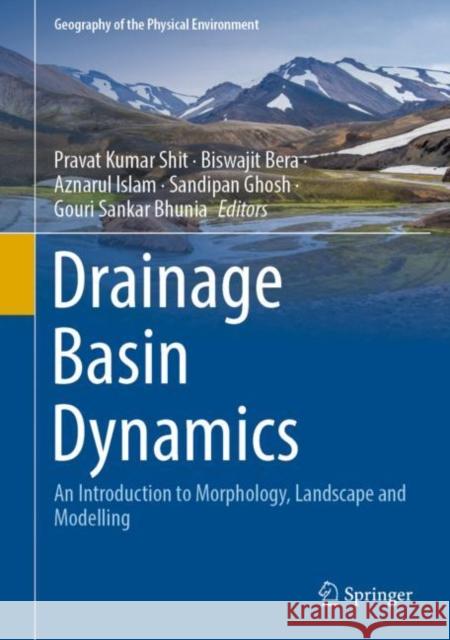Drainage Basin Dynamics: An Introduction to Morphology, Landscape and Modelling » książka
topmenu
Drainage Basin Dynamics: An Introduction to Morphology, Landscape and Modelling
ISBN-13: 9783030796334 / Angielski / Twarda / 2022
Drainage Basin Dynamics: An Introduction to Morphology, Landscape and Modelling
ISBN-13: 9783030796334 / Angielski / Twarda / 2022
cena 644,07
(netto: 613,40 VAT: 5%)
Najniższa cena z 30 dni: 616,85
(netto: 613,40 VAT: 5%)
Najniższa cena z 30 dni: 616,85
Termin realizacji zamówienia:
ok. 22 dni roboczych
Dostawa w 2026 r.
ok. 22 dni roboczych
Dostawa w 2026 r.
Darmowa dostawa!
Kategorie:
Kategorie BISAC:
Wydawca:
Springer
Seria wydawnicza:
Język:
Angielski
ISBN-13:
9783030796334
Rok wydania:
2022
Wydanie:
2022
Numer serii:
000801610
Waga:
1.35 kg
Wymiary:
26.16 x 18.29 x 3.3
Oprawa:
Twarda
Wolumenów:
01











